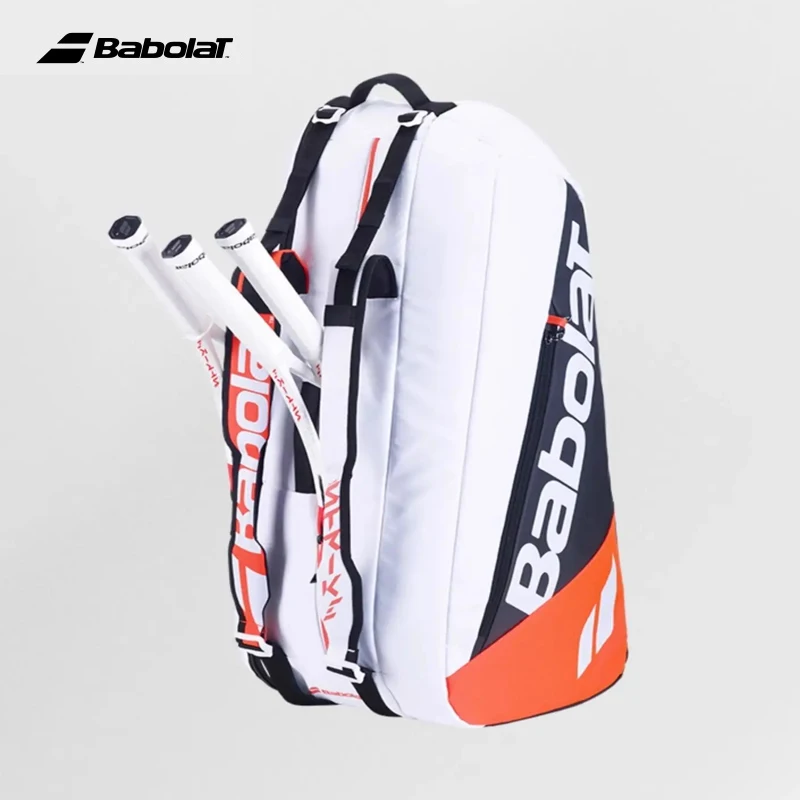How do I prevent knee injuries when skiing?
- Strengthen your legs. Leg strength is essential for providing support and stability to your knees. Focus on exercises that target the quadriceps, hamstrings, and calves.
- Warm up properly before skiing. Start with light cardio and dynamic stretching to prepare your muscles and joints for the demands of skiing.
- Use proper technique. Correct skiing technique involves keeping your knees slightly bent and your body balanced over the skis. Avoid excessive leaning or twisting.
- Choose appropriate equipment. Skis that are too long or too short can put unnecessary strain on your knees. Seek professional advice on selecting skis that suit your height, weight, and skill level.
- Listen to your body. If you experience any knee pain or discomfort, stop skiing and seek medical attention. Ignoring pain can lead to more serious injuries.
FAQs
- What are the most common knee injuries in skiing? ACL tears, MCL sprains, and meniscus tears.
- How can I avoid falling when skiing? Stay balanced, avoid icy patches, and ski within your ability level.
- Is it safe to ski with knee pain? No, skiing with knee pain can worsen the injury.
- What does RICE stand for in injury treatment? Rest, Ice, Compression, Elevation.
- How long does it take for a knee injury to heal? Recovery time depends on the severity of the injury, but most minor injuries heal within 1-2 weeks.
Hot-selling ski gear
- Salomon X Pro Skis
- Atomic Redster S9 Skis
- K2 Wayback 88 Skis
- Dalbello Panterra 120 Ski Boots
- POC Fornix MIPS Snow Helmet
Pre:How long does it take someone who has never skied or snowboarded to get down a green run at a resort
Next:What are some of the most useful pieces of gear for a beginner to start with when going off piste skiing



















